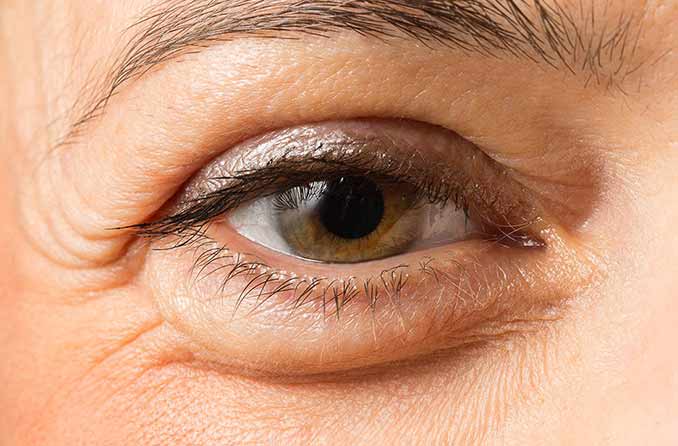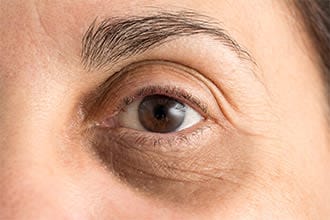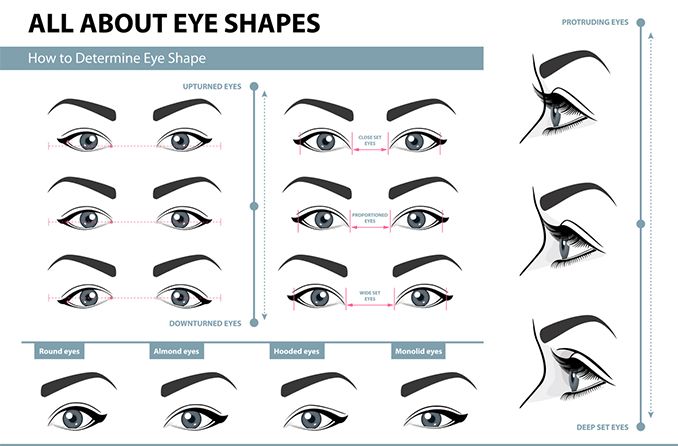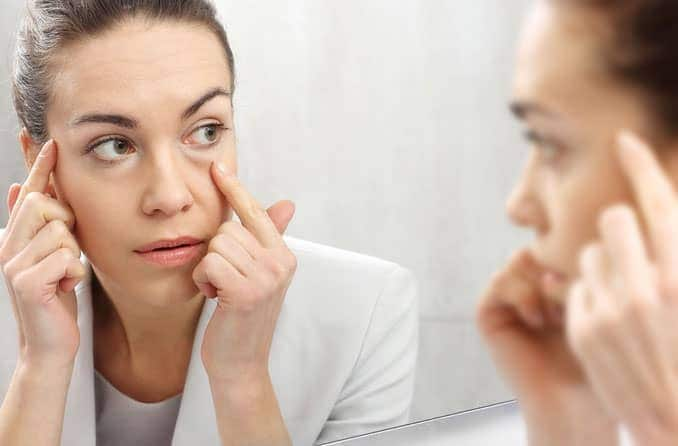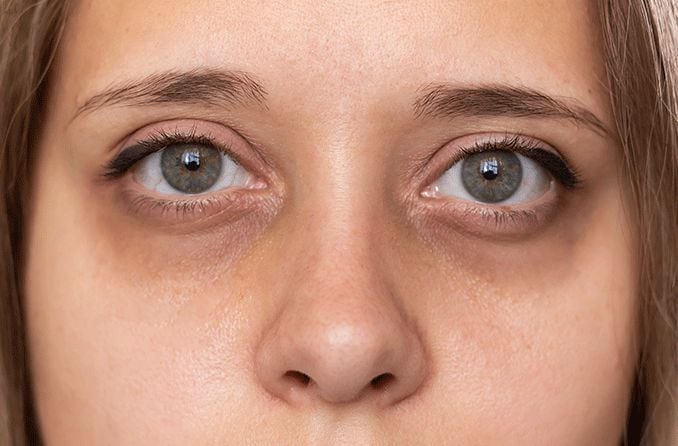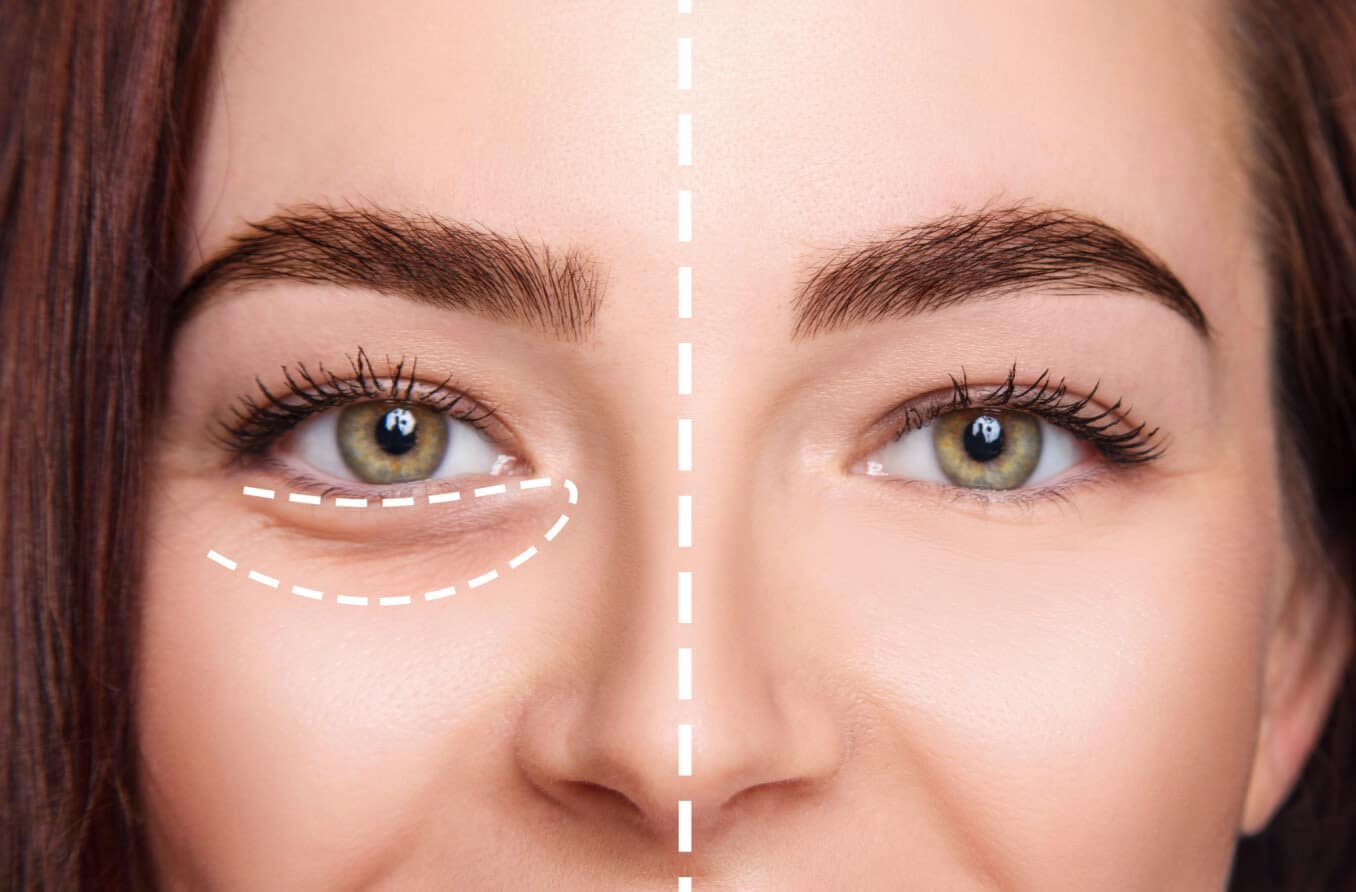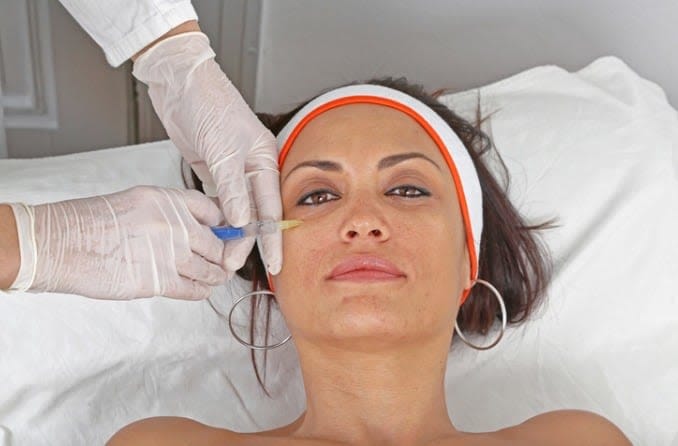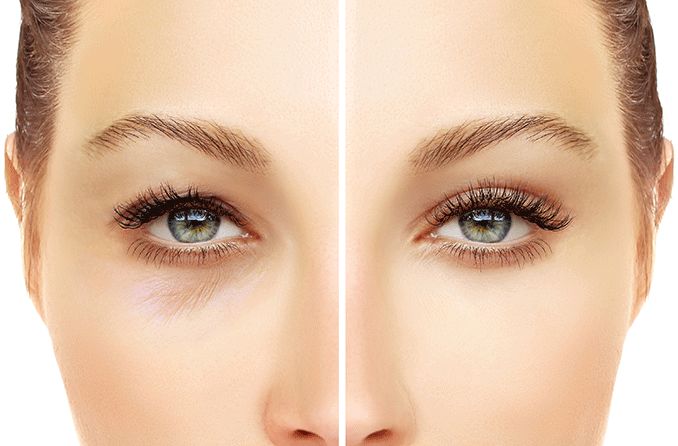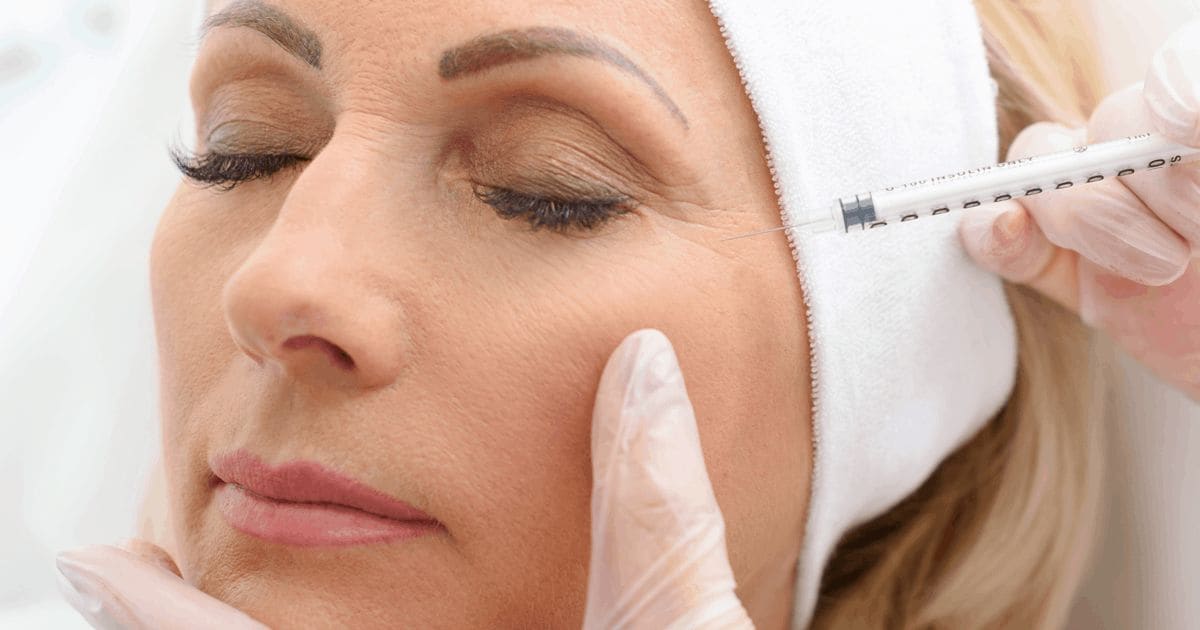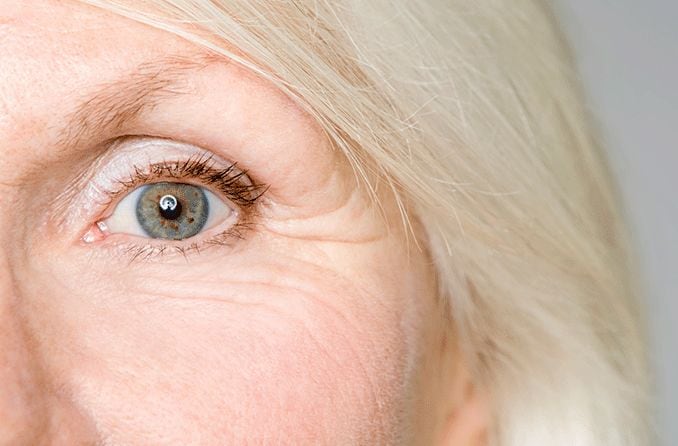How to get rid of puffy eyes
To find the best solution for puffy eyes and dark circles, it's important to identify the underlying cause.
Many temporary remedies may help reduce the appearance of puffy eyes, such as:
- Using eye drops to relieve any irritation
- Drinking plenty of water to prevent dehydration
- Applying iced compresses if your eyelids look puffy
- Applying cucumber slices or chilled tea bags over closed eyes
- Using creams, oils and other skin products specially formulated for use around the eyes
- Reducing salt in your diet
- Eating potassium-rich foods, such as bananas, to eliminate excess fluids in your body
- Splashing cold water over your face and eyes
- Getting plenty of sleep
If you have the same puffy appearance around your eyes as your mother or father, it's probably an inherited trait. In this case, you might want to consider cosmetic eyelid surgery to get rid of the puffiness.
Puffy eyes due to aging also can be eliminated with cosmetic eyelid surgery (blepharoplasty).
You might want to discuss with your eye doctor or cosmetic surgeon some of the other procedures available to lessen the appearance of puffy eyes and dark circles under the eyes. These include chemical peels and laser skin resurfacing.
One of the most common home remedies for puffy eyes, as mentioned above, is use of hemorrhoid creams and ointments on the skin around your eyes. A common active ingredient in these preparations is phenylephrine, which is a medication that constricts blood vessels.
This can have a potential dual effect on puffy eyelids and dark circles under your eyes:
- Shrinking blood vessels in the eyelids may reduce the potential for leakage of fluid that causes puffiness.
- Constricting dilated blood vessels under the skin below your eyes may reduce the appearance of dark circles.
Be aware that there are risks associated with using hemorrhoid creams for puffy eyes and dark circles. If you accidentally get these products in your eyes, you can experience a severe inflammatory response known as chemical conjunctivitis.
Before trying hemorrhoid cream or other home remedies for puffy eyes, ask your eye doctor for advice about other treatment options that are safe and more effective.
SEE RELATED: Home remedies for swollen eyelids
